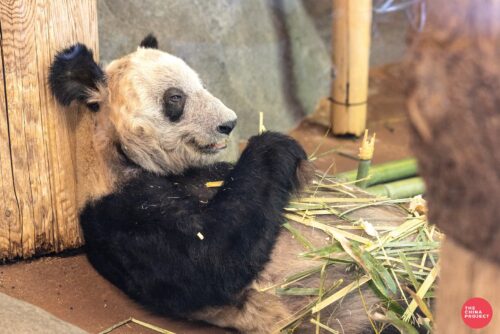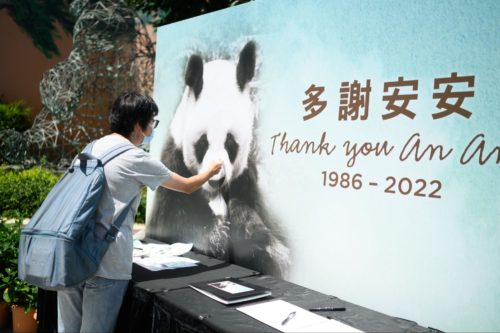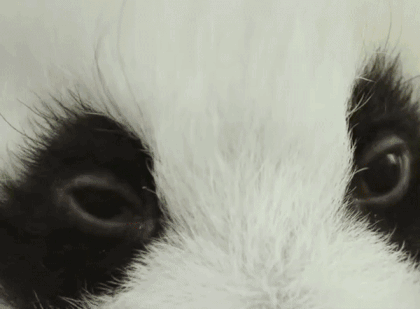After a half-century, does panda diplomacy still work?
Last week, Ya Ya the panda returned to Shanghai after spending 20 years in Memphis. Her arrival marked the end of a drawn-out saga that turned political, renewing an old question of whether panda diplomacy remains necessary.
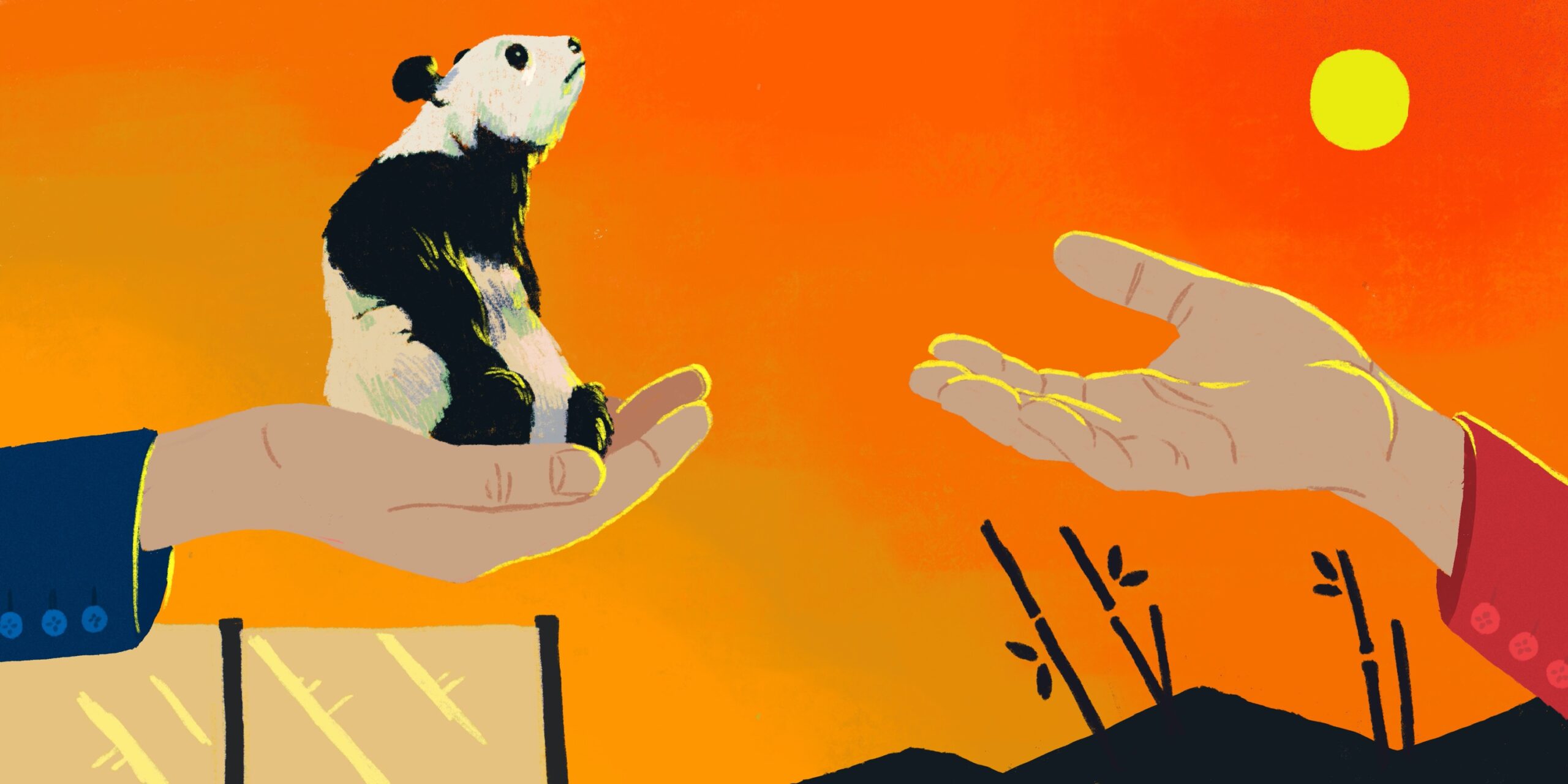
Yā Yā 丫丫, a female giant panda, has returned to China after 20 years on loan to the Memphis Zoo. Millions of Chinese people watched as the zoo bid farewell to her earlier this month. Last Thursday, she arrived in Shanghai after a 16-hour flight to fanfare, getting a police escort from Pudong Airport to a quarantine area at Shanghai Zoo. The 23-year-old Ya Ya will eventually live out her days at Beijing Zoo.
While the more heated comments have died down, there is still some lingering resentment among Chinese social media users of the Memphis Zoo’s alleged mistreatment of Ya Ya and her erstwhile companion, Le Le, who died in February. Chinese and American authorities have both said the pandas were treated well in Memphis, but there are those who continue to post about Ya Ya with the concern of a distressed parent.
The reasons go beyond concerns for animal welfare. Discussions about Ya Ya on the internet suggest she is another source of tension between the U.S. and China. One comment on Weibo reads, “Pandas are useless for promoting friendship between countries. China lent so many to the U.S., but they didn’t do anything good for China in return.” Others say that pandas sent overseas are akin to political sacrifices, similar to princesses sent by emperors in ancient China.
Can panda diplomacy, which has lasted half a century, still be effective?
Representative Nancy Mace, a Republican from South Carolina, said China has systematically used pandas as a diplomacy tool to hide its record of human rights abuses. Last year, she sponsored a panda bill — “Expressing the sense of the House of Representatives that any giant panda born in the United States should belong to the United States and the United States should seek the coordination of its allies to establish collaborative giant panda breeding programs” — that cites China’s threats against Taiwan, its crackdown on dissidents in Hong Kong, and its treatment of Uyghurs in Xinjiang.
Mace’s bill didn’t get a single vote. Meanwhile, China’s foreign ministry has tried to cool the temperature when it comes to the country’s national icon. “China is willing to continue to cooperate with other partners, including the United States, to contribute to the protection of endangered species,” Foreign Ministry spokesperson Máo Níng 毛宁 said on April 26.
“I don’t think that panda diplomacy will die because it’s clearly really powerful,” Elena Songster, a historian at St. Mary’s College of California and author of the book Panda Nation, told The China Project. “I think there’s probably going to be a shift again in how it operates.”
Half a world apart: China-U.S. panda diplomacy
In 1972, China initiated its “panda diplomacy” with the U.S. at a state banquet during President Richard Nixon’s historic visit to Beijing. First Lady Pat Nixon was seated next to Chinese Premier Zhōu Ēnlái 周恩来 after President Nixon had met with Chinese leader Máo Zédōng 毛泽东 earlier in the day.
Before dinner, Mrs. Nixon and Zhou discussed her tours around Beijing, particularly her visit to the Beijing Zoo to see the pandas. On the table in front of her, she noticed a box of cigarettes wrapped in pink tissue paper and adorned with pictures of giant pandas. She showed it to Zhou and said, “Aren’t they cute? I love them.”
“I’ll give you some,” Zhou responded.
“Cigarettes? I don’t smoke,” she replied. (In reality, she was a heavy smoker, eventually dying of lung cancer — though she never permitted herself to be seen smoking in public.)
“No,” he said. “Panda. Two pandas.”
According to Chinese state news and a 2011 article on the Richard Nixon Foundation’s website, this exchange marked the official beginning of panda diplomacy. In April 1972, a pair of giant pandas, Lingling and Xingxing, arrived in Washington, where 8,000 people welcomed them despite the rain. From that point on, a million visitors a year have been drawn to the National Zoo to catch a glimpse of pandas, which have been at the National Zoo every year with the exception of a few months in 2000.
Since then, China has sent dozens of pandas to the U.S. as a diplomatic tool to strengthen ties. When Cuī Tiānkǎi 崔天凯, China’s former ambassador to the United States, began his tenure in 2013, he wrote, “There are actually two Chinese ambassadors in Washington: me and the panda cub at the National Zoo.”
People love the furry, rotund animals, and China expanded its international reach by leasing pandas to other countries — usually with an annual fee of up to $1 million. After Ya Ya’s homecoming, there are currently 64 pandas abroad. China also receives money for its panda conservation efforts, which is a boost for the country’s economy.
Ya Ya and Le Le arrived at Memphis Zoo in April 2003, four years after the bombing of the Chinese embassy in Belgrade, which at that time marked a low point in China-U.S. relations. The two countries used panda leasing to show they wanted to improve their relationship.
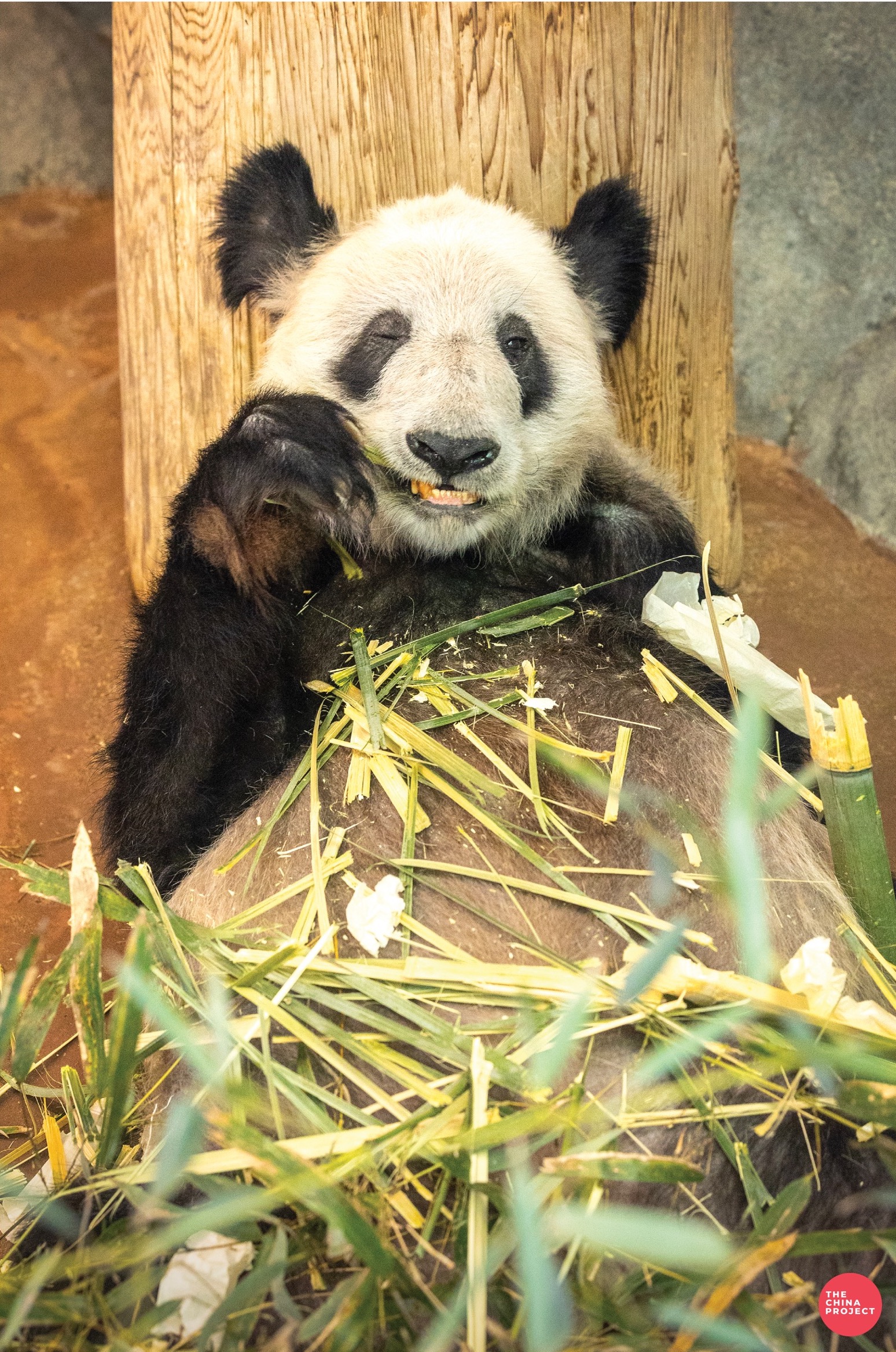
Perhaps this partially explains the acrimony around Ya Ya’s appearance. “This is how America treats China,” one comment reads. “Stop treating pandas as political gifts,” reads another.
“If the U.S. and China had a fine relationship like in the past, then you might be upset at the zoo because they weren’t taking proper care of the animal,” Songster, the historian, said. “But there wouldn’t be a reason to project it further.”
In March, Global Times, an influential Communist Party newspaper, said in an opinion piece, “We still don’t want to believe that the Memphis Zoo would intentionally mistreat pandas, but when pandas are affected and implicated, it means that the relationship between China and the United States is already very bad indeed.”
How giant pandas became a national icon
The pandas given to the U.S. in 1972 may have been the most famous case of panda diplomacy, but they weren’t actually the first. In 1941, when China and Japan were at war, Soong Mei-ling (宋美齡 Sòng Měilíng), a.k.a., Madame Chiang Kai-shek, presented the U.S. with two young pandas as a token of gratitude for America’s assistance.
At the time, Chinese people knew very little about pandas. It wasn’t until 1962 that pandas were designated as endangered animals, and during the Cultural Revolution of 1966 to 1976, they evolved into the perfect national icons.
In 1962, the State Council issued regulations to protect rare and valuable birds and animals, with the giant panda at the top of the list. In 1965, the Pingwu Wanglang National Nature Reserve was officially established by the Sichuan government, becoming one of the earliest nature reserves in China dedicated to protecting pandas and their habitats. Consequently, the special status of the giant panda was established.
Songster said the giant panda’s innate ability to exude an apolitical image also contributed to its rise as a national icon during the Cultural Revolution.
“It could not be linked to either the exploitative nature of China’s dynastic history in its time of strength nor to the embarrassment of China’s weakness during the long decline of the last dynasty,” she wrote. “The giant panda is difficult to define, impossible to ignore and easy to underestimate; the giant panda is much like modern China. It is impossible to imagine a world without it.”
And so, the practice of leasing pandas will continue for now. Just last year, Qatar became the first Middle Eastern country to receive pandas: Sihai and Jingjing. As San Diego Zoo’s former director of giant panda research Donald Lindburg once told the New York Times, pandas will always be popular for a simple reason: “They’re beautiful.” And there’s nothing political about that.
Also see:

